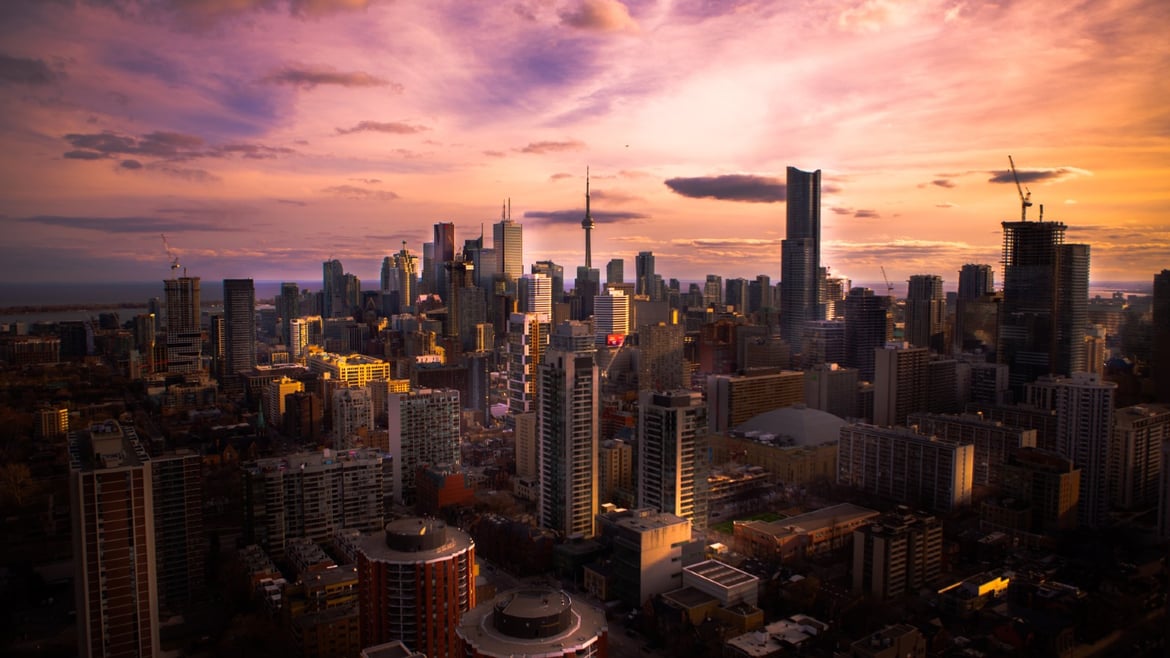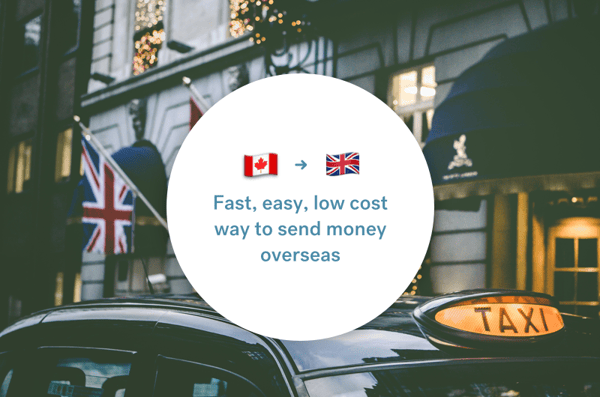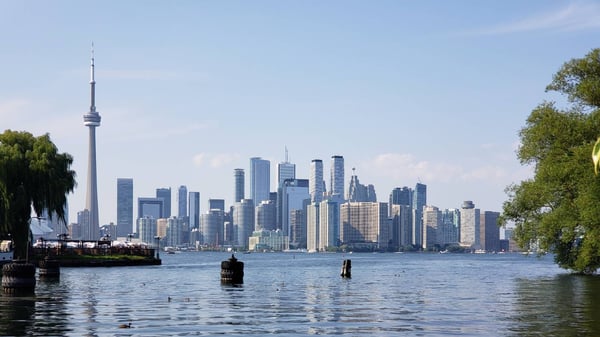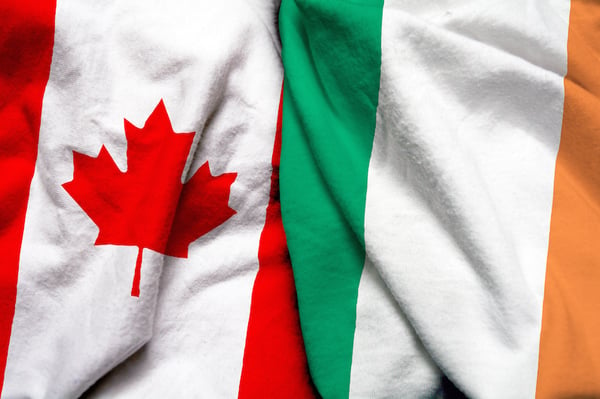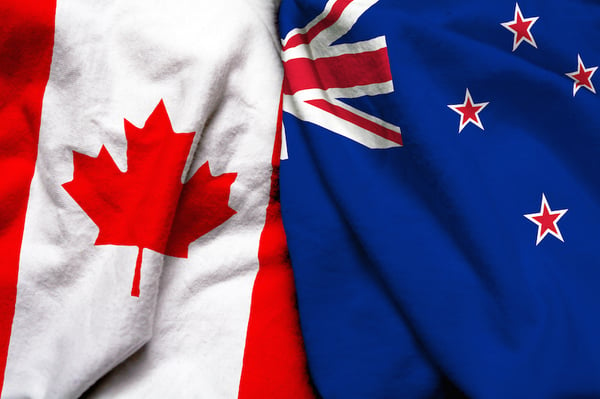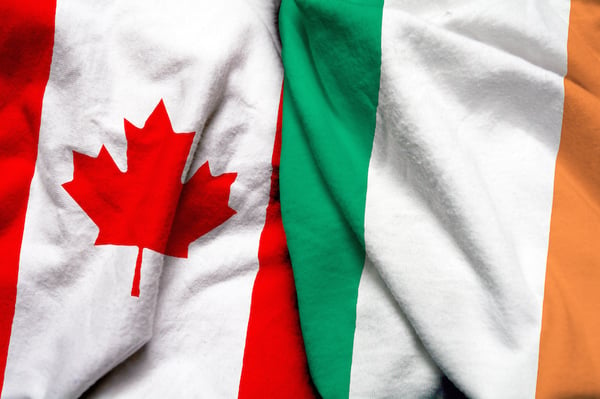Moving to Canada remains a popular possibility for expatriates (expats) from around the world for a number of compelling reasons. As a nation built on immigration, with one in five Canadians coming from overseas, it is diverse, tolerant and welcoming. Toronto is recognized as the most multicultural city in the world, and there are also big expat communities in most other major cities, mitigating any potential culture shock for new arrivals.
The allure for immigrants is economic as well as cultural. Canada's job market is strong, and new residents can access free healthcare and public education, as well as study opportunities at some of the world's top universities.
At present, India, China and the Philippines provide the top three sources of immigrants moving to Canada, followed by Nigeria, Pakistan and the United States. These six countries account for more than half of new residents in Canada. Historically, expats from the British Commonwealth have also embraced the chance to relocate to Canada, although just 2% of the population today is British-born.
Sending money overseas? Save money when you send money with CurrencyFair's low-margin FX rates.
Canada's immigration targets and the impact of Covid-19
One of the quirks of Canadian immigration is that targets are set in advance. In 2021, Canada had planned to admit 351,000 new residents, but vaccines and travel restrictions due to Covid-19 severely impacted these ambitions.
Consequently, immigration targets have been revised to accommodate even greater numbers over the next few years. In 2021, Canada will admit 401,000 immigrants, followed by 411,000 in 2022 and 421,000 in 2023.
While the pandemic has temporarily stemmed the flow of immigrants to Canada (flights from India, for example, were suspended entirely), it has not fundamentally changed Canada's attitude to immigration. According to Canada's Minister of Immigration Marco Mendicino, “Immigration will absolutely be key to our success and economic recovery going forward.”
What you need to move to Canada
All arrivals into Canada need to obtain Electronic Travel Authorisation (ETA), although citizens from the European Union (EU), United Kingdom (UK), United States (US), Australia and others do not need a visa for stays under 180 days. Nationals of other countries should check to see whether they need a visa here.
When it comes to a permanent move, the majority of immigrants to Canada settle via one of these official economic or worker programs:
-
Atlantic Immigration Pilot for foreign nationals settling in the Atlantic provinces.
-
Canadian Experience Class (CEC) allows temporary workers and foreign graduates to obtain permanent residency.
-
Federal Skilled Trades (FST).
-
Federal Skilled Worker (FSWC).
-
Caregiver and more.
Since 2015, applicants for the above programs can apply for Express Entry. This is a competitive process under which candidates are scored according to their skills and experience. Only the higher ranking candidates are invited to apply for permanent residence.
Immigrants applying through the economic route can apply as an investor, entrepreneur or self-employed, or start-up business. The process, requirements and threshold for each varies.
How to sample life in Canada
EU citizens can get a taste of working and living in Canada for a maximum of 90 days through the Canada-European Union Comprehensive Economic and Trade Agreement (CETA) work permit. This allows EU citizens to work without having to pass a Labour Market Impact Assessment or obtain a work permit.
Similarly, the International Experience Canada (IEC) program, offers temporary work permits to a number of nationalities. Age restrictions apply (up to 30 or 35 years only, depending on nationality), but the application process is simple and paves the way for an easier application for Permanent Residency.
Whatever the route, the final step for anyone preparing to relocate to Canada is to register through the
ArriveCAN portal. This will show the latest restrictions and regulations concerning entry into Canada.
Where should you live in Canada?
Toronto remains the most popular destination for immigrants, luring in 35% of new arrivals, followed by Vancouver, Montreal, Calgary and Edmonton. We spoke to Irish immigrant Martha Loughlin about her experience moving to Calgary, read the full story here. Up and coming stars that have flourished under the Provincial Nominee Program (PNP) and Atlantic Immigration Pilot (AIP) include Charlottetown in Prince Edward Island and Regina in Saskatoon.
Opportunities aside, many new arrivals might be shocked by the rental prices in Vancouver and Toronto, where a one-bedroom apartment can cost over CAD$1,500 a month. In fact, Vancouver has the dubious honour of being the most expensive city to live in in North America.
More affordable options include Sherbrooke, Quebec, (two hours from Montreal); London, Ontario (two hours from Toronto); Winnipeg, Manitoba; or Moncton, New Brunswick (three hours from Halifax).
For retirees, bear in mind that Canada is the 30th most expensive country to live in, and that (rent included) goods can cost 26% more than in the United States.
Taking care of the logistics
The most prudent approach might be to ship the essentials only (eg. personal items) and buy the rest, such as furniture or vehicles, in Canada. Shipping to inland locations, in particular, can be expensive.
Cars imported for personal use do not incur duty but will have to meet Motor Vehicle Safety Act (MVSA) standards.
Importing pets is relatively straightforward. Microchips are not mandatory, but you will need proof of rabies vaccination. Bear in mind that some breeds, eg. Pit Bull Terrier, are banned in provinces such as Ontario and Winnipeg.
Health insurance in Canada
Canada has a universal health care system that is free at source and open to any Canadian citizen or permanent resident. Each province or territory manages its own health care delivery. Contact the Ministry of Health in your province to apply for the necessary health insurance card (can take up to three months).
Certain treatments not covered by public health care, eg. some dental care or physiotherapy, may require private health insurance. You will always be able to access emergency treatment, however.
Opening a bank account in Canada
If you do choose to open a Canadian bank account, you will need to provide a valid health insurance card, permanent resident card, or Immigration, Refugees and Citizenship Canada (IRCC) form. New arrivals who do not yet have these can provide a current foreign passport and debit or credit card showing their name instead.
It is easy to apply online for your Social Insurance Number (SIN), which you will need to work legally in Canada.
What about my pension?
Old Age Security (OAS) is paid from the age of 65 onwards in Canada, and is currently up to CAD $626.49 per month. If you have worked in Canada and made contributions to the Canada Pension Plan (CPP), you are entitled to receive a pension upon retirement, regardless of any pensions from your country of origin.
Transferring your savings to Canada
If you want to move your savings from an overseas account to a Canadian Dollar account, there are no limits on how much you can transfer. However, any cash over CAD $10,000 must be declared. Failure to do so could result in it being seized. If you plan to transfer your savings to move to Canada, it's worth noting that CurrencyFair is up to eight times cheaper than using a bank. Typically, banks add a margin of between 3% and 6% on top of the mid-market rate to make their profits. CurrencyFair, on the other hand, charges an average margin of 0.45%. You can access fast, secure money transfers and send money abroad at better exchange rates, with no hidden fees, with a CurrencyFair account.
An important note on proof of funds
Be aware that one of the key conditions of entry to Canada is that you have enough money to support yourself, so plan to cover living expenses for 6 to 12 months. There are specific benchmarks to meet, starting at CAD $13,213 for a single person.
The proof of funds requirement does not cover those applying through Canadian Experience class or those who are authorised to work with a valid job offer, however, Take a look at these international recruitment agencies in Canada if you're interested in finding a job in the Great White North.
Sending money overseas? Save money when you send money with CurrencyFair's low-margin FX rates.
 Disclaimer: This article is for general information purposes only and does not take into account your personal circumstances. This is not investment advice or an inducement to trade. The information shared is for illustrative purposes only and may not reflect current prices or offers from CurrencyFair. Clients are solely responsible for determining whether trading or a particular transaction is suitable. We recommend you seek independent financial advice and ensure you fully understand the risks involved before trading. Leveraged trading is high risk and not suitable for all. Losses can exceed investments. Opinions are the authors; not necessarily that of CurrencyFair or any of its affiliates, subsidiaries, officers or directors. Photo by Syed Ahmed on Unsplash.
Disclaimer: This article is for general information purposes only and does not take into account your personal circumstances. This is not investment advice or an inducement to trade. The information shared is for illustrative purposes only and may not reflect current prices or offers from CurrencyFair. Clients are solely responsible for determining whether trading or a particular transaction is suitable. We recommend you seek independent financial advice and ensure you fully understand the risks involved before trading. Leveraged trading is high risk and not suitable for all. Losses can exceed investments. Opinions are the authors; not necessarily that of CurrencyFair or any of its affiliates, subsidiaries, officers or directors. Photo by Syed Ahmed on Unsplash.

